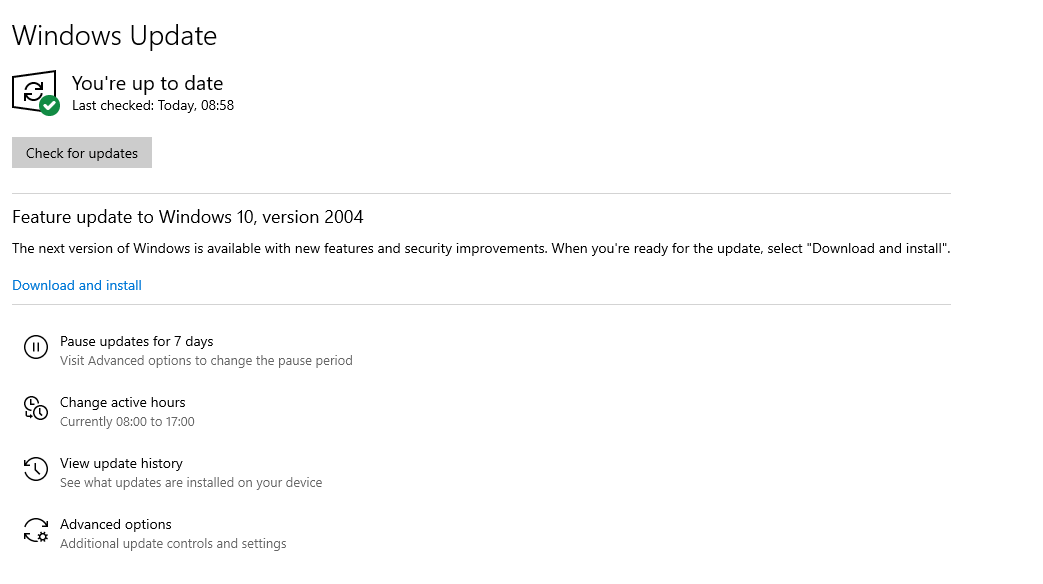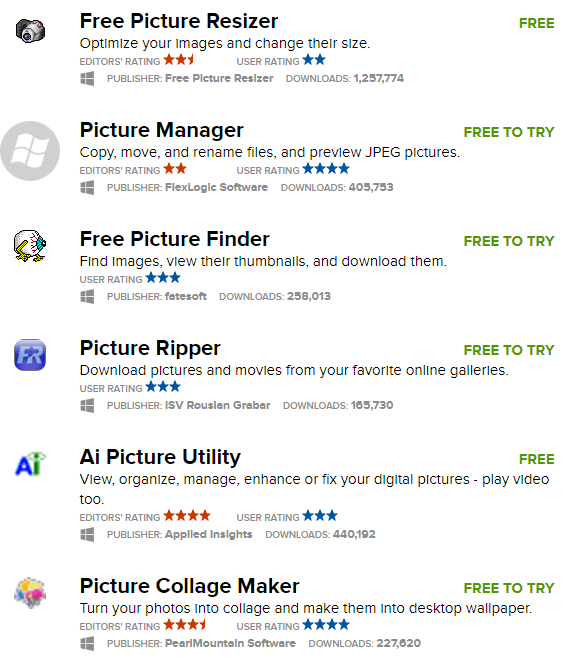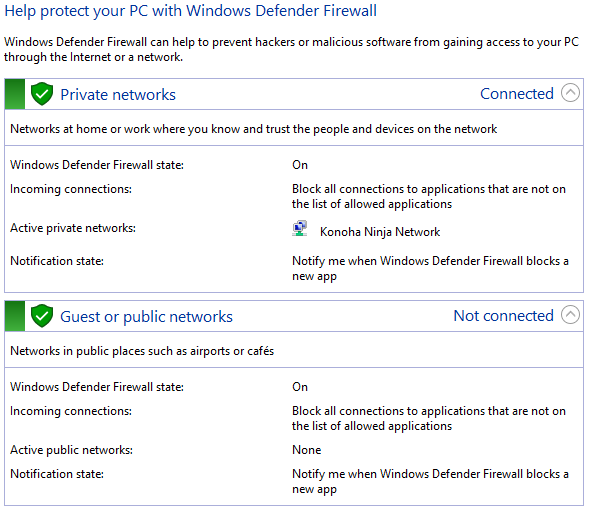Getting a new computer can be an exciting time, but you shouldn’t let your guard down. When you first get your new PC or laptop, you need to protect it immediately. Too often, people only remember data security once it’s too late. So how exactly do you go about securing a new computer? Below are the steps to make your new computer as safe as possible.
1. Antivirus Software
It’s an old standby, but realistically antivirus software is one of the first things you should install when you get your new computer. If you’re running Windows 10, your computer technically has an already built-in antivirus. However, Windows’ version is very basic. If you want the best protection possible, you should consider downloading third-party software.
2. Update Your Computer

Updating your computer is a pain. It takes a long time and can interrupt whatever you’re doing at the time, which stops a lot of people from wanting to do it. However, keeping your computer and software up-to-date is very important from a security perspective. As hackers and scammers come up with new ways to exploit computers, companies keep coming up with ways to protect against them. The best way to ensure that your computer has the latest protections is to update it.
Of paramount importance is your operating system itself, and your virus software. In both cases, new viruses are constantly being discovered and defined. These new virus definitions are only included when you update your software.
3. Be Careful When Opening Emails and Messages

When you’re checking your emails or messages, you should always be vigilant. Any links or attachments you click on could potentially lead you to a harmful website, or to download a virus. While checking emails, make sure that you don’t open any from people you don’t know, especially if they seem strange or are caught in the spam filter. The same applies to Facebook or WhatsApp messages, even if they’re from someone you know. It’s not hard for someone to mask their identity or hack your friend’s accounts without them knowing. When in doubt, just don’t click or reply.
4. Don’t Download Random Software

While your antivirus software should keep you protected against most viruses, that isn’t a guarantee. You should not think of your software as blanket protection against attacks. When you’re looking for software on the internet, always use a trusted source. Downloading random programs and installing them is a quick way to leave yourself vulnerable to attack. Especially if the software you’re downloading is very new, as it may contain undefined viruses that will get around your protection.
5. Make Sure Your Firewall is On

This step hopefully won’t be necessary. When you first get your computer, the firewall should be on by default. While setting up if the computer asks you if you want your firewall on, always select yes. If you need to make sure it’s turn on, go to your computer search bar and search for ‘firewall.’ In the settings for your computer, you should be able to see if your firewall is on or not. Your firewall protects your computer from being access by unwanted external sources.
Featured image by Alfa Photostudio from Shutterstock.com